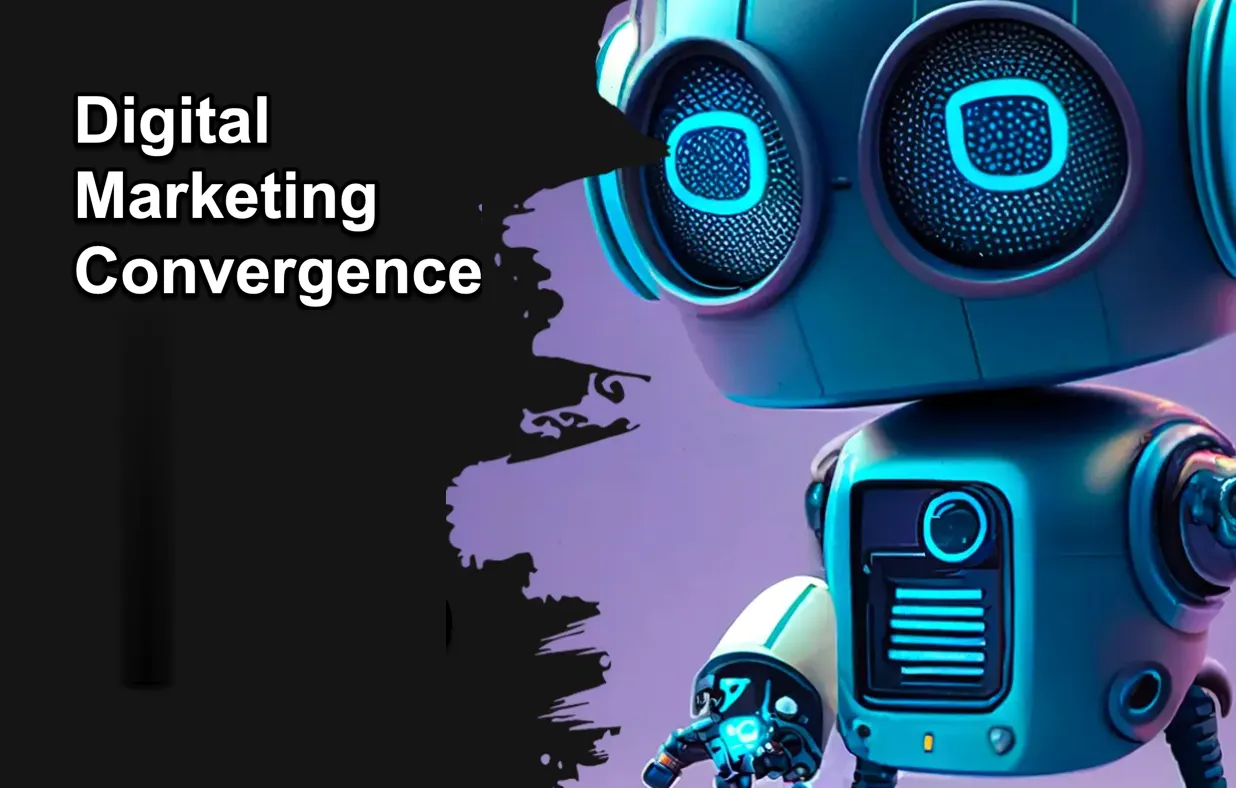7 Tips For Personalizing Your Emails And Hit The "Human" Connection
Do you want to connect more with your customers?
Do you feel like your emails are not connecting with people in a meaningful way?
Well, email personalization is a good way to do it!
Personalizing emails has been one of the top marketing trends of 2021. However, many still believe that email marketing is wrecked beyond repair.
But statistics show otherwise.
Email marketing is still very lucrative, and on average, email generates an ROI of $36 of every dollar spent - more than any other platform!
And that's the reason why:
- More than 350 million dollars were spent on email marketing in 2019 in the US alone.
- Four out of five marketers preferred giving up social media to email marketing.
- Global email market is expected to increase to $17.9 billion by 2027 compared to $7.5 billion in 2020.
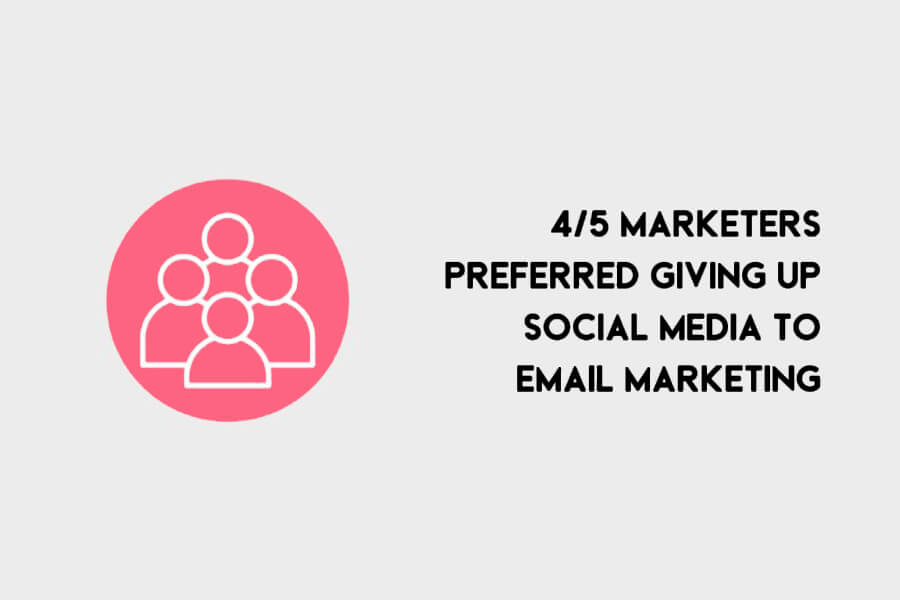
Yet you can't seem to generate better results via your email campaigns?
Well, the possibility is that you aren't doing it right. The key to better email campaigns is the personalization of emails to enhance the human connection.
Email Personalization can be a huge asset to your email campaigns. And if you are ready to get started, this blog post will walk you through 7 tips on how to personalize your emails and hit that "the human connection."
Let's start with the basics.

So What Exactly Is Email Personalization?
Email personalization is a marketing method to create more targeted email campaigns using consumer information and enhance the reader's experience to make him feel connected.
It could be information on his demographics, interests, past purchases, or anything else that makes him feel special.
Why Do Marketers Love It So Much?
Personalizing your emails can have amazing effects.
Email personalization can help you build a better relationship with your customers and show that you care about them as an individual, not just another customer number in line waiting on products or services from your company.
According to a poll conducted by Think with Google, 90% of marketers believe personalization significantly influences company profitability.
Marketers who personalized their emails experienced the following benefits:
- 50% higher open rate of emails with personalized subject lines versus average email open rate of 20%
- A whopping 760% increase in email revenue from segmented campaigns (6)
You might be thinking that email personalization is just for big companies, Right?
Wrong! Email personalization works well for small businesses too and can help them build a better relationship with their customers.
Why Is Email Personalization So Important For Customers?
Each day an average person receives plenty of emails from different businesses (just like yours), and your email will hit the trash box if it doesn't present a value. Email personalization can help you create emails that your customers will look forward to opening and reading.
Else, when they are reading an email, the first thing that comes to their mind is, "this is just another sales pitch." But when email personalization kicks in and addresses their name or interests, it breaks that barrier down and starts building up a connection between you and them.
And who doesn't love feeling special?
Let's see how Email Personalization works in detail now.
How To Personalize Emails And Build The Missing Human Connection?
Email Personalization is all about fine-tuning emails to suit the needs of every individual customer and make him feel special.
Here are a few ways by which you can personalize your emails:
1. Send Personal Data Ridden Emails
The most basic example of data-ridden emails includes the use of your customer's name in the subject line.
Subject lines are the first thing that your customers see when they open their inbox, and how you choose to describe it can affect whether or not they will read further.
If you want email personalization to work for you, your subject line must be personalized for your consumers' requirements.
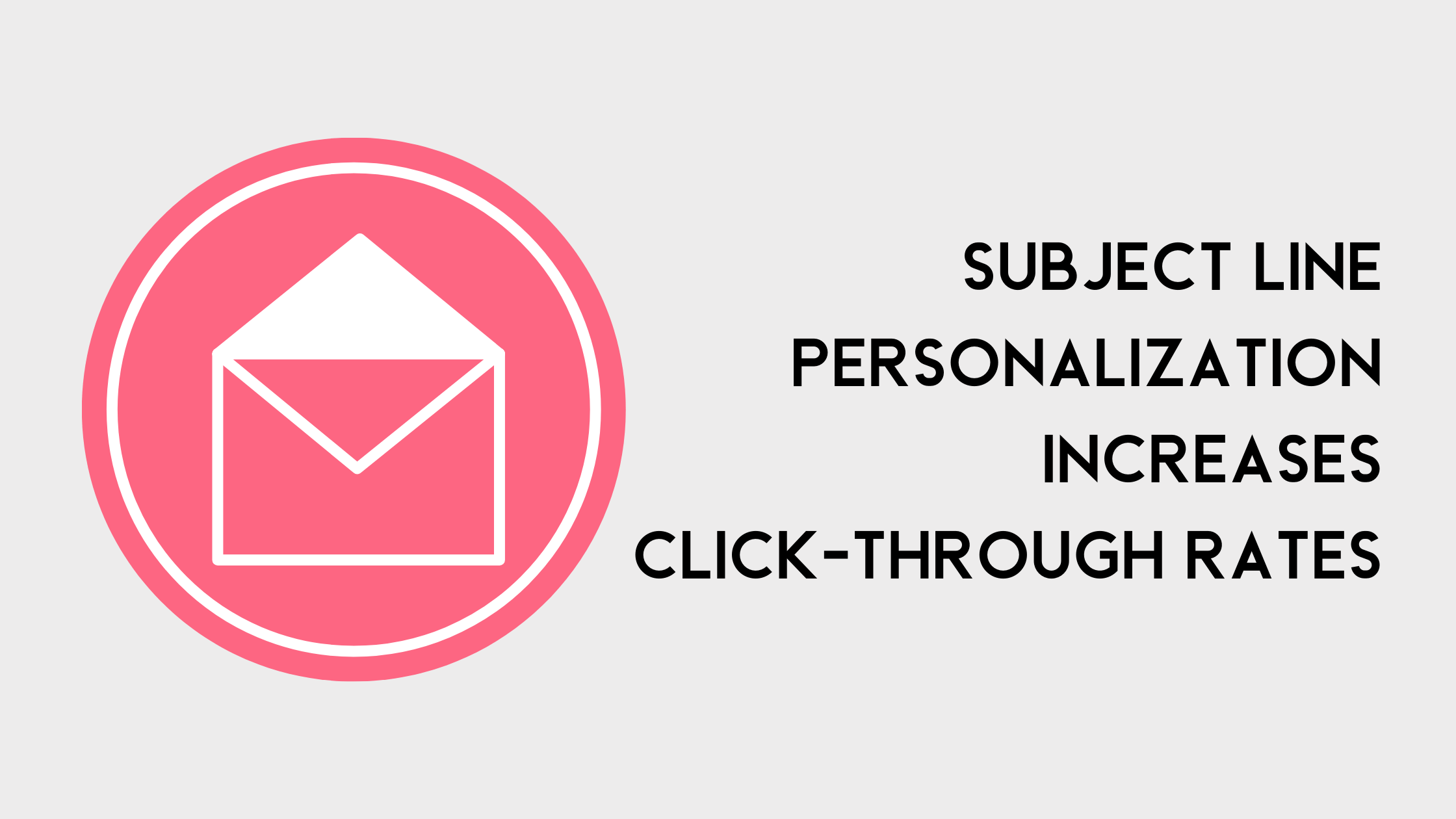
That being said, email users receive more than 120 emails each day, all of which address the receivers by their name.
While the approach of sending personalized subject lines is effective, it is an outdated one (having been thoroughly beaten to death), and marketers have since raised the bar even higher for email personalization by sending hyper-personalized relevant emails.
Other than the name's primary use, use data such as their age, gender, birthday, likes, and dislikes to create a more targeted and personalized set of emails. Because let's face it, despite having your customers' name in gold in the subject line, if the content of the email itself is not relevant, there is no way you are making a sale.
The reader may open your email but won't bother going through the whole thing.
And there is a good reason behind it- data suggests that promotional emails that are personalized receive 41% more clicks and are 29% more likely to be opened.

One typical example of personalizing emails with data is wishing your customers or followers on their birthdays. You can also offer a discount or gift service in the email to make it an ultimate personalized experience. 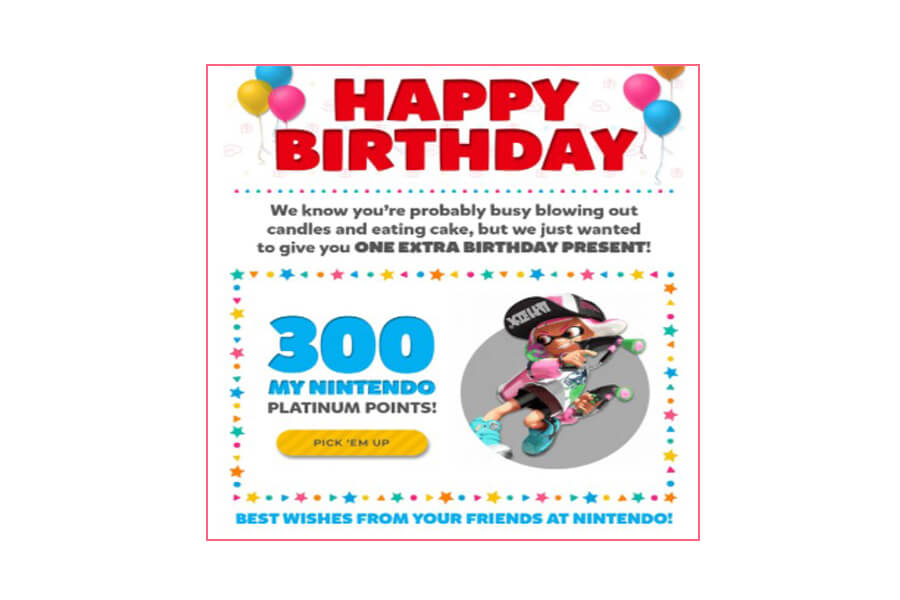
But for all this, you need to gather relevant data about your consumers.
How to fetch data and resources for personalization:
- Asking extra details in your sign up forms
You can ask for personal details like gender, date of birth, etc after a customer has provided their name in the signup form.
Don't ask too much at once. Instead, build up a relationship.
This small and almost invaluable information can create rippling personalized email campaigns.
On an amusing note I came across a study that suggested asking age on landing pages can decrease conversion rates, so make sure you split test your landing pages for better conversions.
- Take help from analytics
Third-party apps and analytic services can help gather data, such as search history, website browsing, the number of times a client visited a specific page, etc.
These pieces of information can help lure window shoppers into potential long-time clients.
- Introduce surveys
Make your visitors take a short survey before anything else to help you market the right product to them.
Encourage them to take surveys by providing leverages like discounts. Keep the surveys short and sweet!
2. Send It From A Human Name
Another step to make a connection is by sending the email from a human name i.e. personalizing the sender's name. When you send emails from a person's name, they seem more personal and like they're receiving an email from a friend who cares about them. It allows you to make the initial connection and can result in higher open rates and click-through rates.
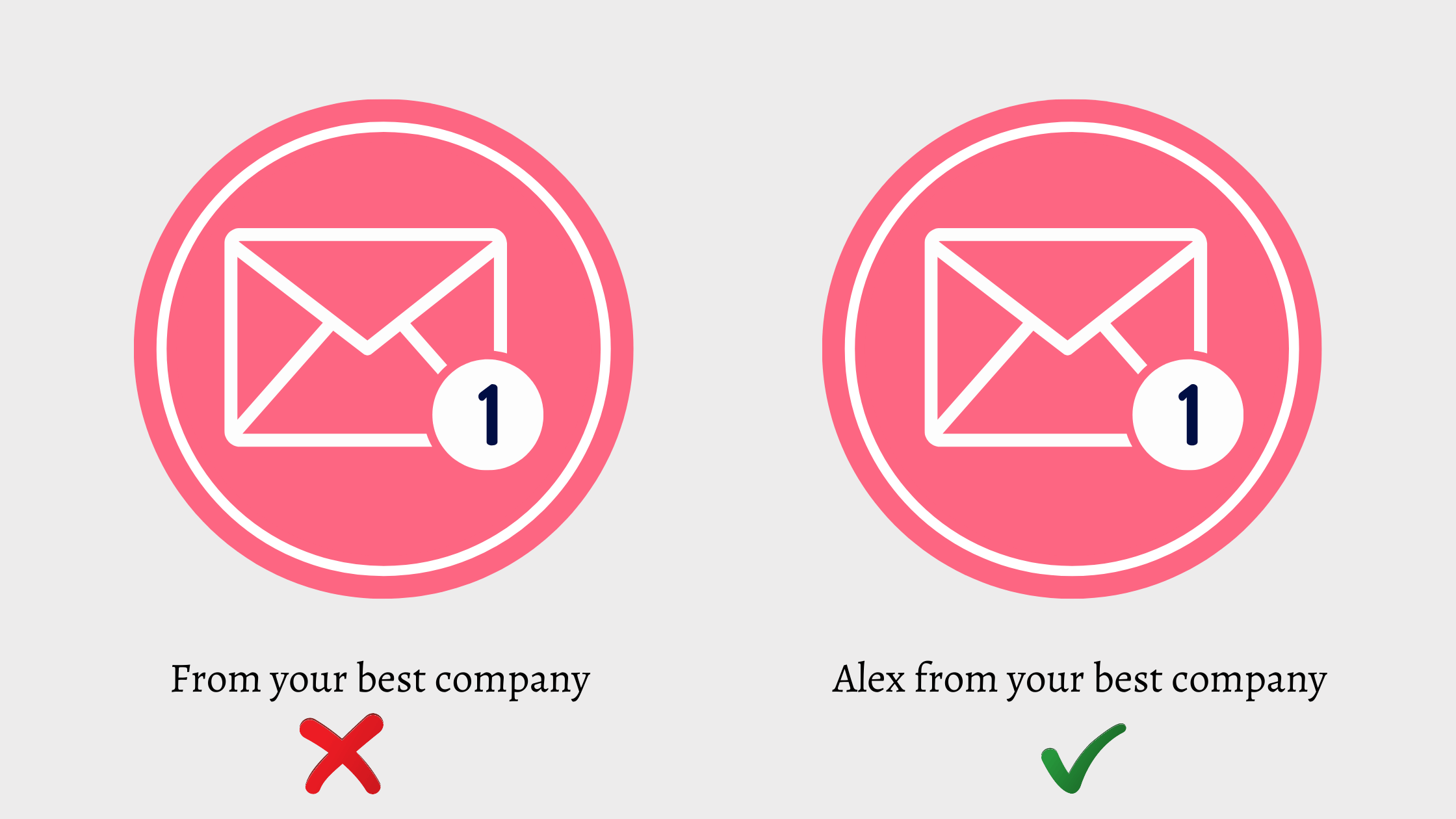
3. Make Email Design Interactive
Where content is critical, the design also matters tremendously. Some of the email personalization best practices include the use of interactive images and videos.
Rather than a boring direct old text email, make every ounce of your email marketing count by adding more colors and imagery to it.
Adding images and videos can also help you convey a message in the shortest time possible while increasing its reach exponentially.
You should not, however, send one-size-fits-all emails to everyone on your list and hope for the best. The lack of individualization may result in a valuable subscriber and hence revenue loss.
According to one of the major findings in the research, almost half of consumers (49%) have purchased something they didn't originally intend to buy after receiving a personalized recommendation from a brand.

Personalization appears to be a driving force behind impulse purchases that customers welcome and revenue for businesses.
4. Make List Segmentation Your Friend
Segmentation is the process of dividing your email list into separate segments based on criteria such as age, level of interaction, interest, gender, location, number of sales, and so on. Segmenting will make customizing the content much easier, and consumers won't receive material that's not relevant to them.
You will be able to send tailored communications to specific segments of people which will improve email engagement and enhance ROI.
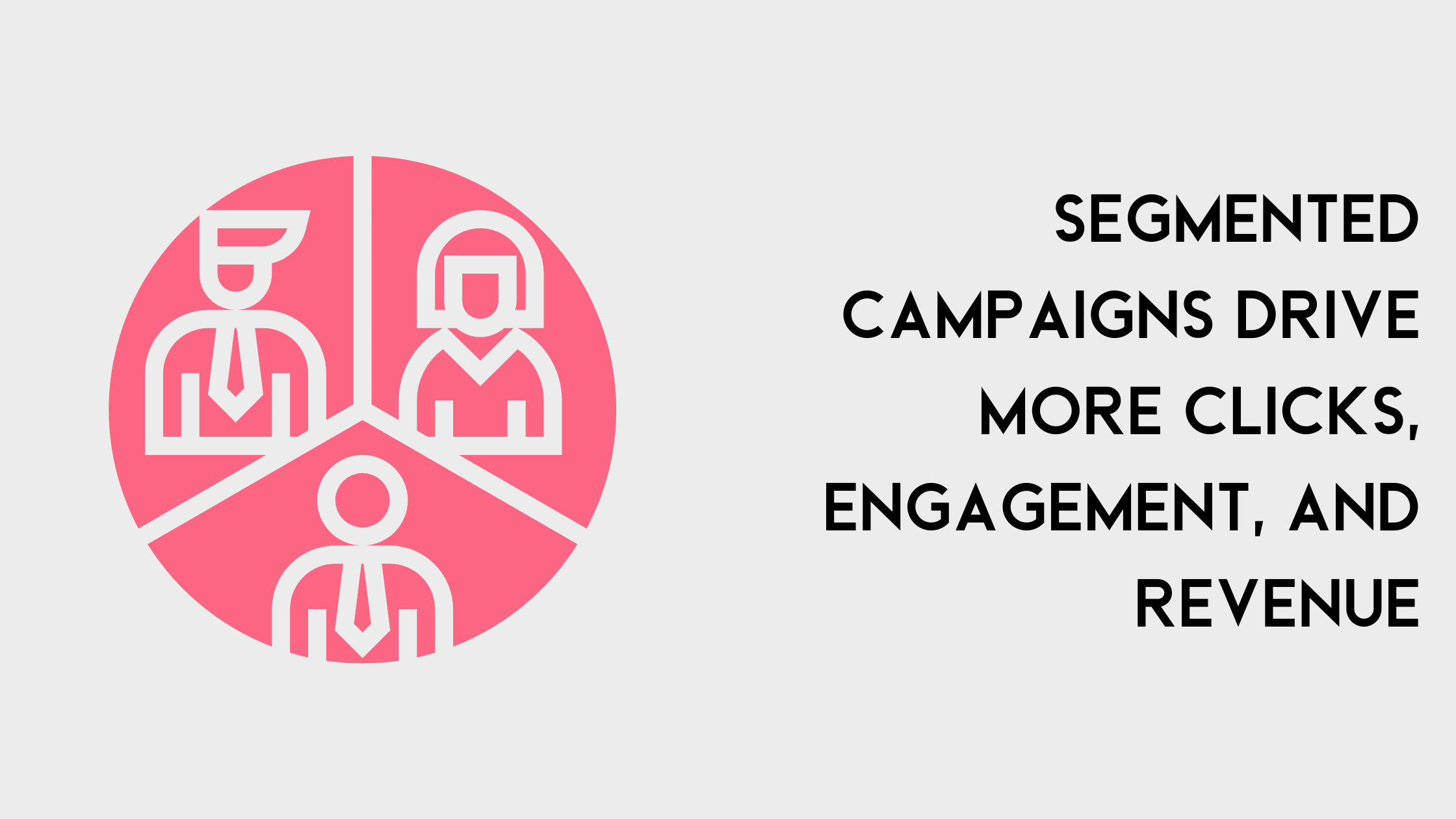
Customers who buy from a certain category, for example, maybe grouped to send emails about the items they are most interested in, allowing for more sales.
Most big brands these days follow the same personalizing email strategy.
When you sign up for the Adidas newsletter, they ask you about your gender. Being a fashion brand, this simple question can lead to far better sales. With this small yet valuable information, Adidas sends separate promotional emails to men and women. It increases the engagement rate, which in turn boosts email ROI.
Likewise, Netflix emails a list of shows you might be interested in, according to your watch list. It doesn't randomly send you recommendations. Instead, these recommendations are based on your previous views.
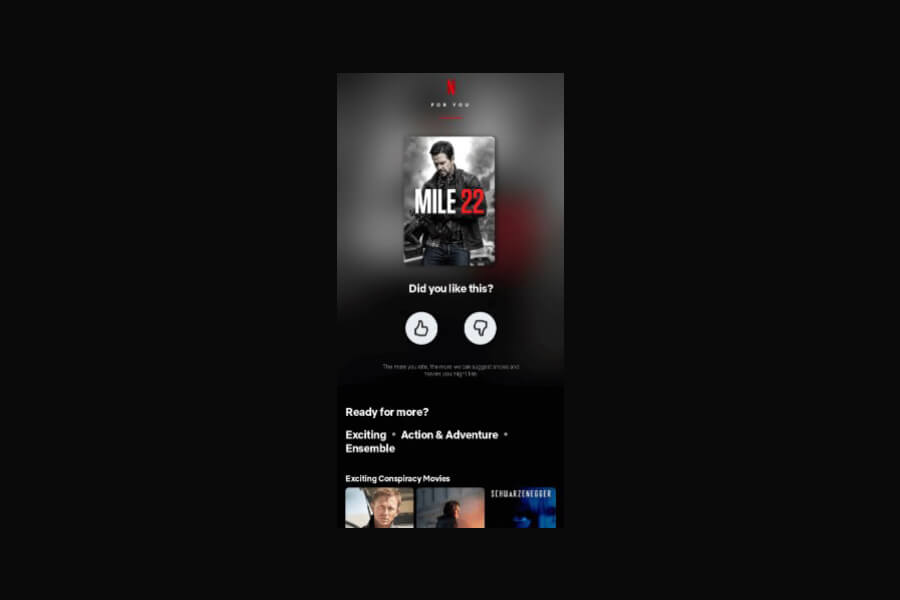
This way, you only get recommendations of shows or movies relevant to your choice and interest.
5. Send Personalized Behaviorally Triggered Emails
Behaviorally triggered emails are one of the most result-worthy emails.
Automated triggered email replies are 75% more likely to be viewed than general emails and have a 148% higher CTR when compared to any other regular email.
Now, what are behaviorally triggered emails?
These are automated emails sent in response to an action taken by a particular customer on your website. A typical example would be when you subscribe to a company's newsletter, and you immediately get a responsive email.
These emails often include discount codes or links to products on sale, luring customers into shopping for the product. Other examples include when a new Customer purchases a particular product, you can send them a personalized discount coupon for their next shopping.
Another example of this can be when a customer purchases a product; an automated email is sent to them, asking for their view on the product and services.
Likewise, when a customer reaches a set number of sales, you can send them an automated email with a special discount voucher to appreciate them and value them as one of their loyal customers.
This technique is also used to re-grab previous customers' attention and get in touch with them again, which brings me to my next point.
6. Connect Back With Re-engagement Emails
Re-engagement emails are emails sent to customers who have previously purchased from you but haven't done so for a while.
Email reactivation campaigns can help "reactivate" your connection with previous or loyal customers who may have forgotten about your brand and services.This strategy is useful in making sure that you are constantly keeping in touch with your potential customers.
For example, an online seller may send a re-engagement email to those who haven't purchased from them for over two months. The email may include special offers or discounts and suggestions on what they can buy next time they visit their site.
"We've missed you" email:
It's written in a way that the customer feels loved and valued, which encourages them to come back again to feel appreciated.
The email could also include a personalized note from the store manager or small business owner, thanking them for their loyalty and support in the past and letting them know that you value them as a customer.
These personalized emails are best for customers with:
● Abandoned cart
For customers who have filled their cart but haven't yet checked the items out. You can send them an email asking them to check out before the stock runs out.
● Unopened emails
The best way to keep up with clients who have not responded to your emails in a while but were previously quite engaged is through re-engagement emails.
Ask them if they want additional information, and you'll be done.
7. Use Relevant Landing Pages In Email
Adding links to landing pages in an email sounds about right, but how to add the personal element to make a connection?
Well, that's easy.
Personalize emails using landing pages that are most relevant to your client's data. If you're a fashion company and the individual who receives your emails is male, make sure any links in the email are men's clothing-related. Similarly, if your recipient has a history of purchasing similar goods, offer a link to a landing page with comparable items.
Ready To Make A Connection?
The personalized email marketing campaign may sound like a daunting task, but with these tips, you will be ready to take on your email campaigns like a pro and establish the missing link.
And who knows? You might see an increase in your conversion rates!
Personalization enables you to connect with your consumers and make them feel valued. It is an incredible opportunity that shouldn't be overlooked.

Ruchika Gupta is a content strategist and founder of startup Eyanki Media. She is passionate about digital marketing, affiliate marketing and SEO. She likes to explore and learn new things to keep her up with the ever changing digital marketing landscape.




 (1).jpg)
.jpg)
